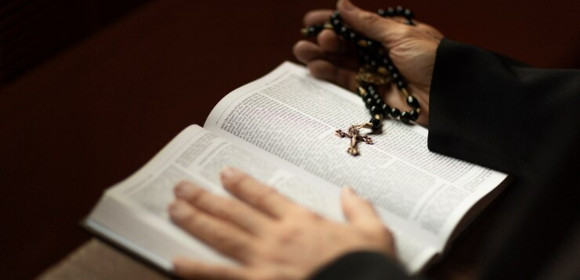29+ Statement of Faith Examples to Download
In a world of diverse perspectives and beliefs, a Statement of Faith serves as a beacon of unity for religious and spiritual communities. A well-crafted Statement of Faith succinctly encapsulates the core beliefs and values that shape a group’s identity. Whether you’re part of a religious institution, a nonprofit organization, or a community group, understanding how to create a compelling Statement of Faith is essential. This article delves into the concept of a Statement of Faith, provides a step-by-step guide to crafting one, addresses common questions, and highlights the importance of this foundational document.
1. Statement of Faith Example
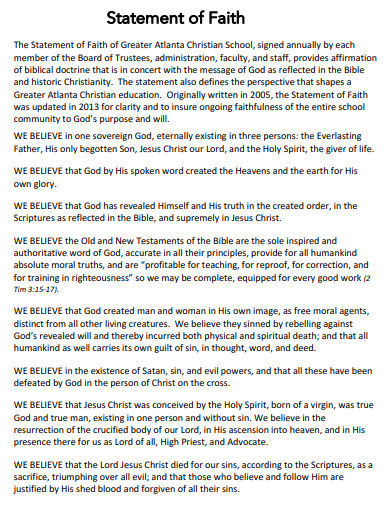
resources.finalsite.net
2. Statement of Faith Pentecostal Church Example

imap.ie
3. Statement of Faith Scripture Example
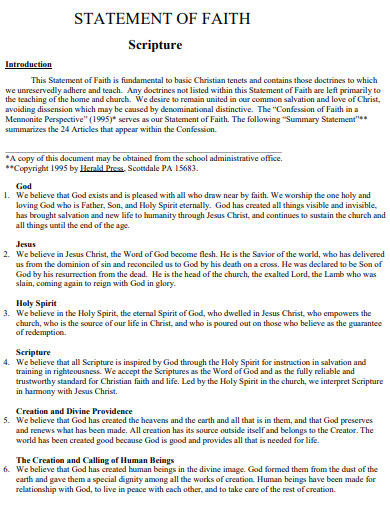
resources.finalsite.net
4. Statement of Faith Baptist Example
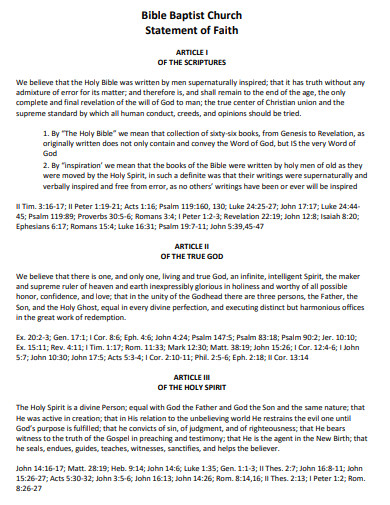
bbcpittsburgh.com
5. Statement of Faith Community Church Example

s3.amazonaws.com
6. Personal Statement of Faith Example
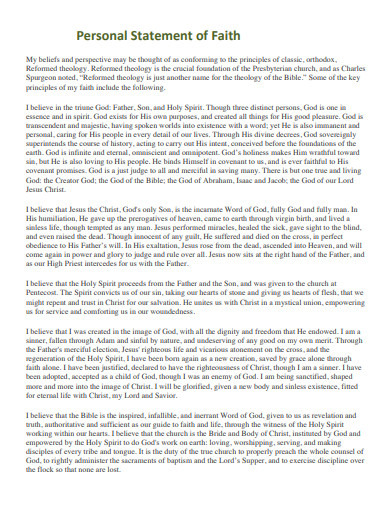
storage.cloversites.com
7. Baptist Church Statement of Faith Example

roclex.org
8. Trinity Statement of Faith Example
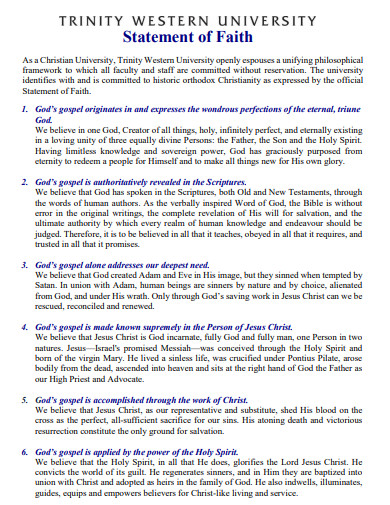
twu.ca
9. Holy Spirit Statement of Faith Example
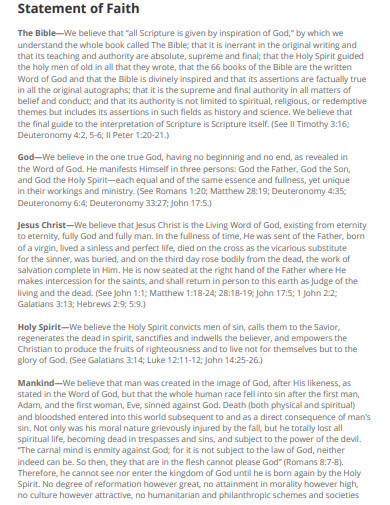
inthegap.org
10. Statement of Faith Template
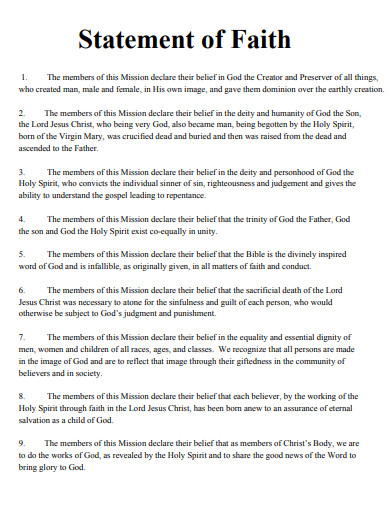
cure.org
11. Sample Statement of Faith Example
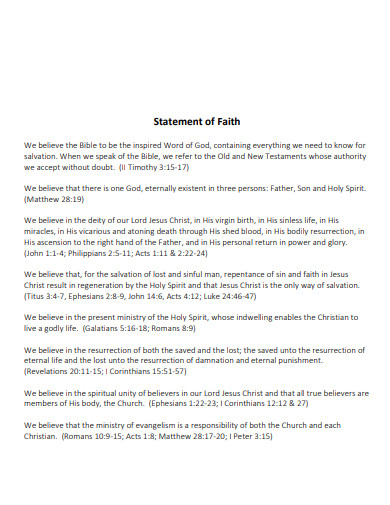
watermission.org
12. Understanding Statement of Faith Example
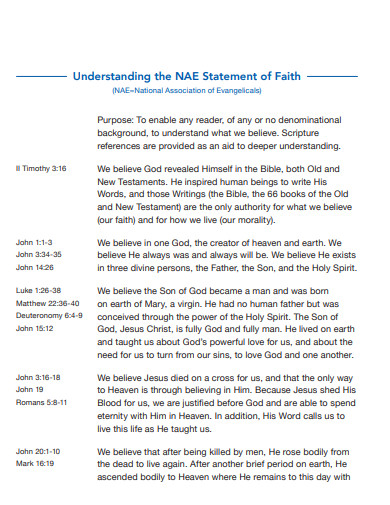
cfcare.org
13. Simple Statement of Faith Example
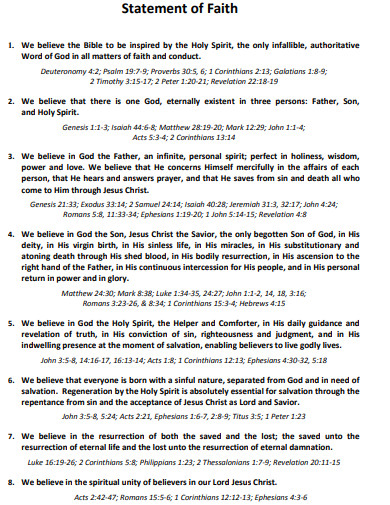
momsinprayer.org
14. Basic Statement of Faith Example

sharedhope.org
15. Free Statement of Faith Example
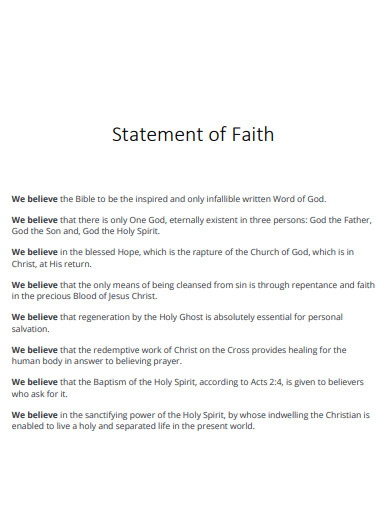
cogic.org
16. Family Statement of Faith Example

media.focusonthefamily.com
17. General Statement of Faith Example
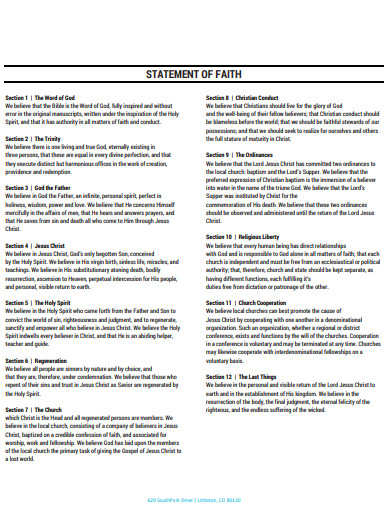
my.missionhills.org
18. Statement of Faith Brief Example

storage.snappages.site
19. Statement of Faith Acknowledgement Example
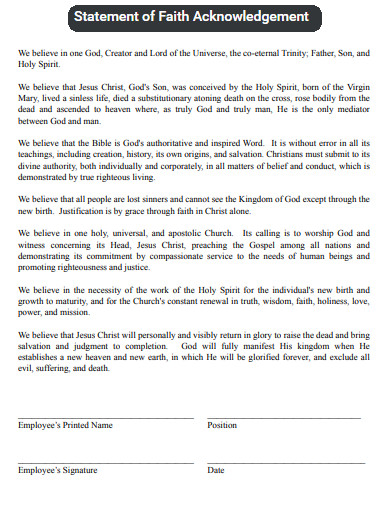
shepherdcommunity.org
20. University Statement of Faith Example

shorter.edu
21. Christian School Statement of Faith Example

dccs.org
22. Our Statement of Faith Example
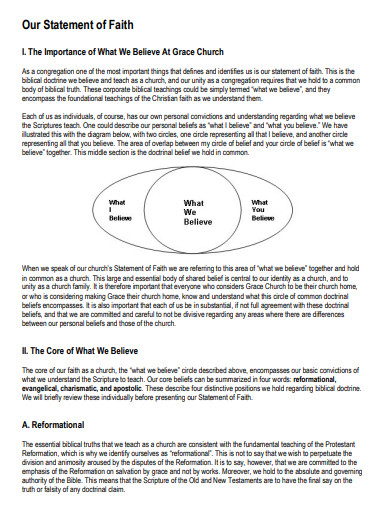
gcofonline.org
23. Statement of Faith with Signature Example
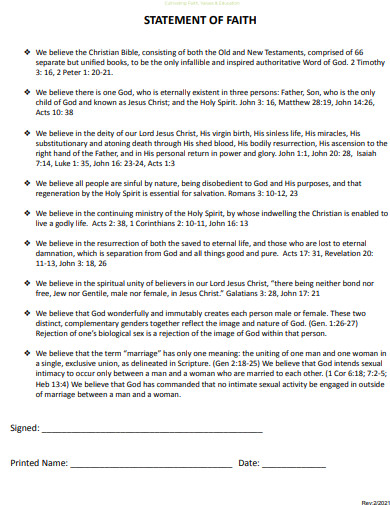
bemidjistate.edu
24. Formal Statement of Faith Example
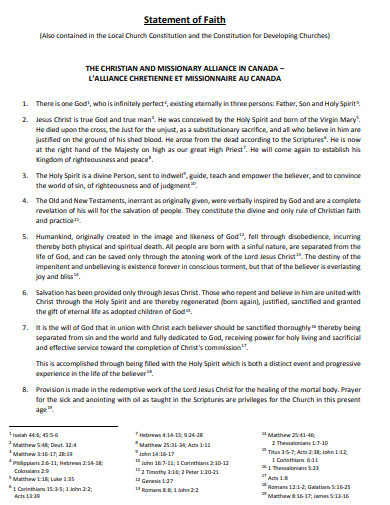
cmacan.org
25. Standard Statement of Faith Example
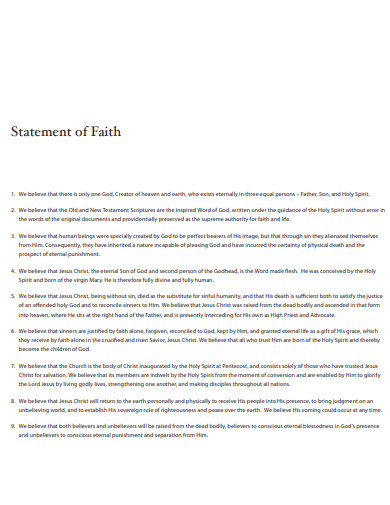
cairn.edu
26. Printable Statement of Faith Example

gordonconwell.edu
27. Statement of Faith Format
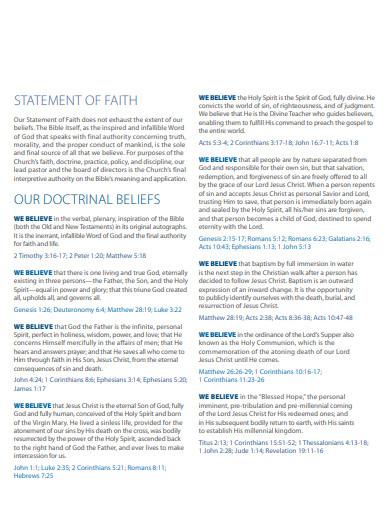
calvaryftl.org
28. Statement on Integration of Faith Example
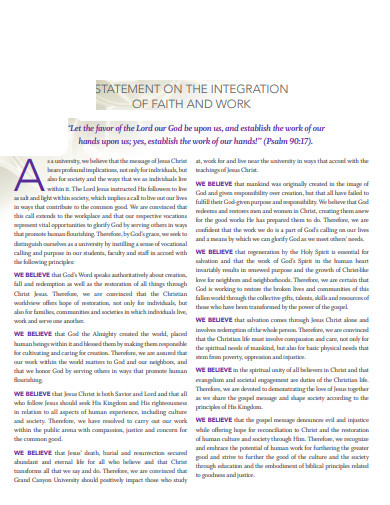
gcu.edu
29. Professional Statement of Faith Example
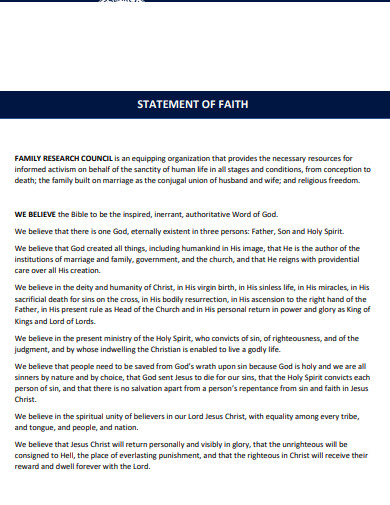
downloads.frc.org
30. Statement of Faith Layout Example
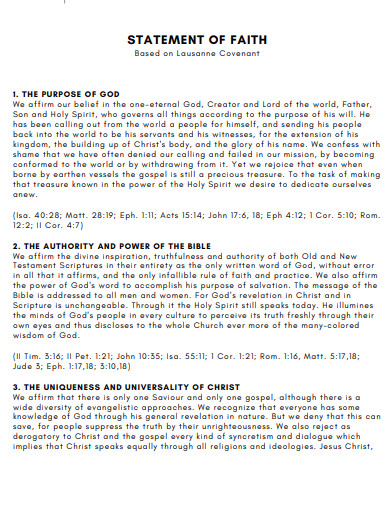
aims.org
What is a Statement of Faith?
A Statement of Faith is a written expression of an individual’s or a group’s beliefs and convictions. It serves as a definitive account of their understanding of religious or spiritual principles, offering context for their actions, decisions, and interactions with the world. This document not only outlines core doctrines and values but also provides an objective framework for assessing consistency and alignment with established principles.
How to craft a Statement of Faith
Crafting a Statement of Faith involves careful observation, introspection, and articulation. The process requires a balance between expressing convictions and maintaining a respectful tone. By using analogies, metaphors, and proper nouns, you can create a compelling document that resonates with your audience. This step-by-step guide outlines the essential stages of creating an impactful Statement of Faith.
Step 1: Define Your Core Beliefs
Begin with a thoughtful observation of your beliefs and values. Identify the fundamental principles that define your group’s identity. Proper nouns, such as the names of revered figures, texts, or historical events, can add depth and context to your Statement. Just as a book’s title conveys its essence, your Statement of Faith should capture the essence of your beliefs.
Step 2: Establish a Respectful Tone
Craft your Statement of Faith with a tone that reflects your convictions while promoting unity. Use positive reinforcement to emphasize shared values and aspirations. Avoid clichés and strive for originality, using analogies and metaphors to convey complex ideas in relatable terms. This will resonate more deeply with your audience and prevent your statement from sounding generic.
Step 3: Articulate Your Beliefs
Translate your core beliefs into clear and concise language. Use analogies and metaphors to explain complex concepts, making them more accessible to readers. Just as a metaphor paints a vivid mental picture, your words should create a deep understanding of your group’s principles. Be authentic and avoid overused phrases or clichés that might dilute the impact of your message.
Step 4: Seek Alignment and Feedback
Review your draft to ensure it aligns with your group’s collective beliefs. Invite feedback from fellow members to refine the statement. This collaborative effort ensures that the Statement of Faith resonates with the broader community and represents a shared commitment to the values it embodies.
FAQs
Can a Statement of Faith evolve over time?
Absolutely. Just as individuals grow and change, a group’s beliefs can also evolve. Regularly revisiting and updating your Statement of Faith allows it to remain relevant and reflective of your collective journey.
What’s the difference between a Statement of Faith and a creed?
While both documents express beliefs, a Statement of Faith is often more comprehensive and personalized, reflecting the unique perspective of a specific group. Creeds, on the other hand, are often more standardized and universally accepted within larger religious bodies.
Is it necessary to include every doctrinal detail in a Statement of Faith?
Not necessarily. Focus on the core beliefs that define your group’s identity. Including every detail may make the statement unwieldy and dilute its impact. Concise articulation of key principles is key.
A Statement of Faith is more than just words on paper; it’s a reflection of a community’s identity, values, and aspirations. By thoughtfully defining your core beliefs, striking the right tone, using relatable analogies, and seeking feedback, you can craft a Statement of Faith that resonates deeply with your audience. Through this process, you create a bridge of understanding and connection that strengthens your group’s sense of purpose and unity.


